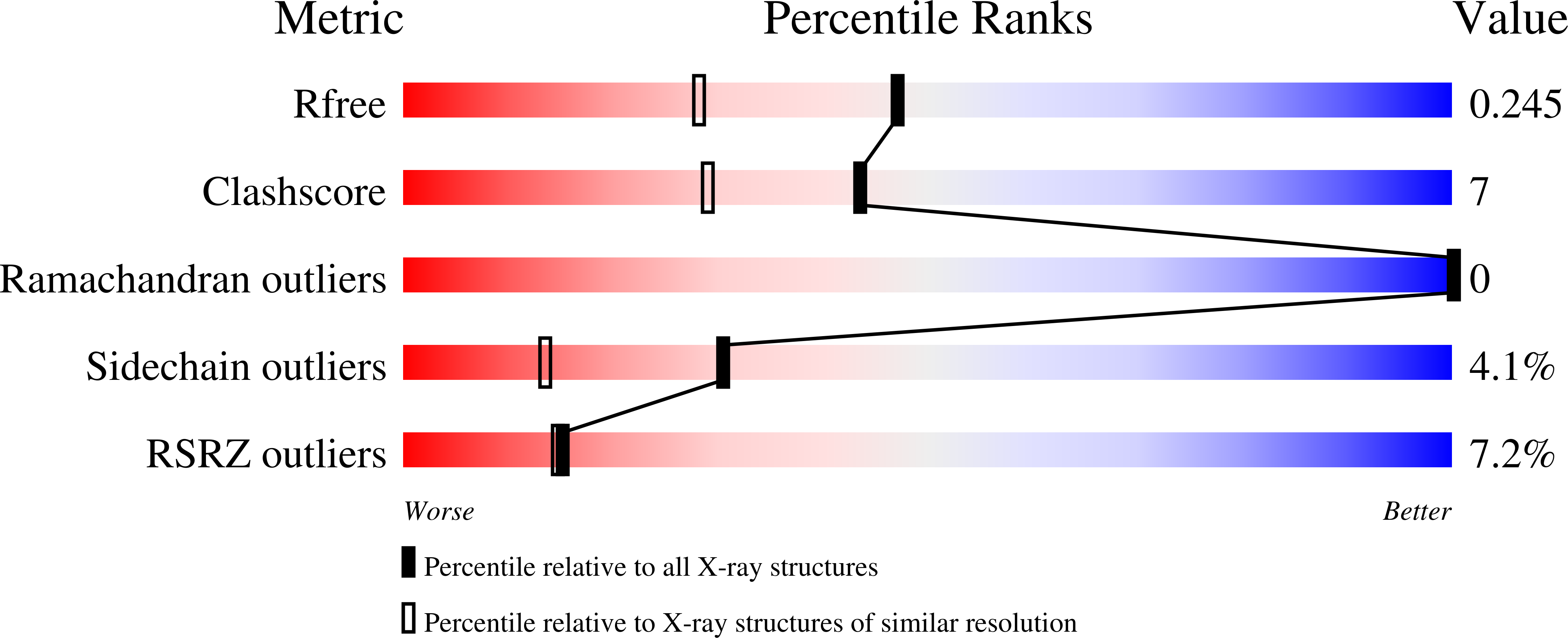
Deposition Date
2007-07-14
Release Date
2007-08-28
Last Version Date
2024-04-03
Entry Detail
Biological Source:
Source Organism:
Methylobacterium extorquens (Taxon ID: 272630)
Host Organism:
Method Details:
Experimental Method:
Resolution:
1.85 Å
R-Value Free:
0.24
R-Value Work:
0.19
R-Value Observed:
0.19
Space Group:
P 1 21 1


